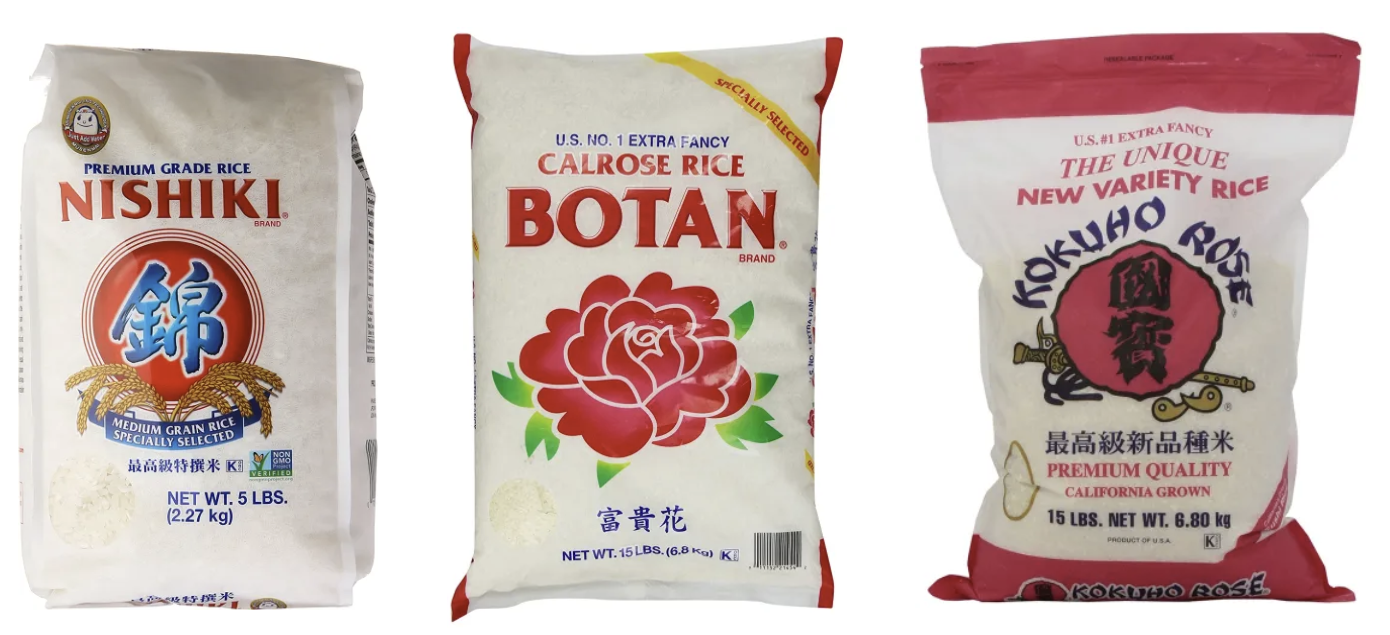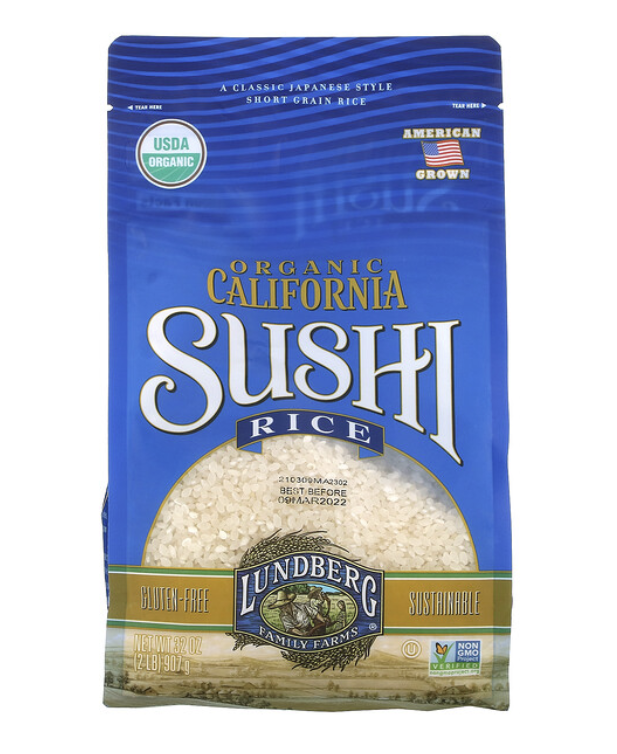Koshihikari Rice
Rice, rice, rice. By far the most widely consumed grain in East Asian countries, it’s not something that gets a lot of attention. When going to a grocery store to buy giant 10-25kg bags of rice, most people just buy whatever is the cheapest, or whatever they bought the last time. Many people only ever buy the one brand of rice that their mothers bought, and so on. The only thing that matters is that there is Asian lettering on the rice.
For most people, there are two main types of rice - short/medium grain rice and long grain rice. Short/medium grain rice looks plump and is generally used with East Asian dishes, generally steamed. Long grain rice is long and skinny and is generally used in South Asian or African dishes, generally served with curries and sauces.
And for most of my life, that was the extent of my knowledge of rice. I was vaguely familiar with a few rice brands as I had seen them around the house - Nishiki, Botan, Kokuho.

There were a few other brands here and there, but they were not as memorable. Of course, I was able to recognize that sometimes, rice tasted a little better than usual - more savory, better texture, perfect chewiness, but I was never bothered to figure out how to replicate the slightly better rice.
In 2019, everything changed. One random Wednesday, I was at work at Google, when my coworkers called out asking for folks to go to lunch with them. We looked at the available menus at the neighboring cafes and decided to stroll across the courtyard area to a neighboring building for the food. Some Asian dishes.
We all got in the self-serve line, and a few minutes later, I had a small plate of rice, sauteed cabbage, and some protein I can no longer remember. We took our food back to our building, up the elevator, and into the microkitchen so we would enjoy it.
And boy, the first mouthful of the rice was pure ecstasy. It was perfect - as perfect as rice could be. Perfect texture, perfect taste, perfect stickiness, perfect chewiness, perfect everything. It was so good that after we all finished eating, I walked back to the cafe that served the rice and got some more in a togo box to eat later that day (I know, I’m a glutton). I also managed to take note of the placard they have for every dish (for allergy reasons).
Koshihikari Rice, Rice Vinegar. Those were the only two ingredients listed under the rice entree.
But, as always, life is fleeting, and while I took note of the rice cultivar, it eventually left my memory. Back in 2019, I didn’t cook very often as work provided breakfast, lunch, and dinner. So, my cooking was limited to mostly weekends. And I had a giant 20kg bag of rice at home that would last me months and months.
A few months later, before I finished the rice, covid started and I moved back to my parents’ home and the rice fascination was forgotten.
And it didn’t come up again until a few days ago when I needed to replenish my rice supply here in Denver. I had bought some random bag of rice when I first moved to Denver a year ago, and I had just managed to use it up.
And thus began my research into rice cultivars. The first thing I learned is that Asian rice can be grouped into two types - Japonica and Indica. Japonica being the sticky, short-grained variety, and Indica being the non-sticky, long-grained variety. And it was Japonica rice that I was interested in learning more about.
Japonica rice can further be split into a few cultivars - Arborio, Calrose, Koshihikari, among a few others.
And it was essentially impossible to figure out which cultivar was being sold. Of the three brands shown above, it was only clear that Botan rice was of the Calrose variety. The Nishiki and Kokuho rices weren’t labeled with any cultivar information.
So, armed with the internet, I decided to see if I could acquire Koshihikari rice anywhere. I had never seen the word in any store before - or I would have already bought it. I looked at all the websites of all the grocery stores where their entire stock is available via online purchase or delivery. I looked through Koshihikari rice producers’ websites for authorized resellers that carry their rice. I physically visited some Asian grocery stores to see what they had. But it was not to be. The only place I could find Koshihikari rice available in Denver was to order it online from Amazon. And I wasn’t about to give that a try - Amazon is filled with counterfeit goods (yes, including food), and foods are generally stockpiled, whereas something like rice needs to be from a fresh harvest for the best eating experience.
After such disappointment, I decided to just buy a pack of organic sushi rice from Lundberg Farms to tide me over until I moved to California, where I was surely going to find some Koshihikari rice due to the larger Asian population.

So, that brings us to the present day. The Lundberg Farms rice is certainly high quality. It’s nearly as good as Koshihikari rice, and perhaps, despite the packaging not stating anything of the sort, the rice could be a mix including Koshihikari rice or a sister variety of Koshihikari rice.
Next time you visit an Asian grocery store, take a look at the rice aisle. Perhaps you’ll find some Koshihikari rice.